Ninjas have for centuries been shrouded in mystery and legend. In feudal Japan, ninjas were skilled in espionage and assassination. Because their work was highly secretive, records of ninjas and their work would have been highly guarded, and often passed only orally. For this reason many tall tales and pop culture exaggerations about ninjas have made them almost mythical. So what is the truth about ninjas?
1. Ninjas were actually called "Shinobi."
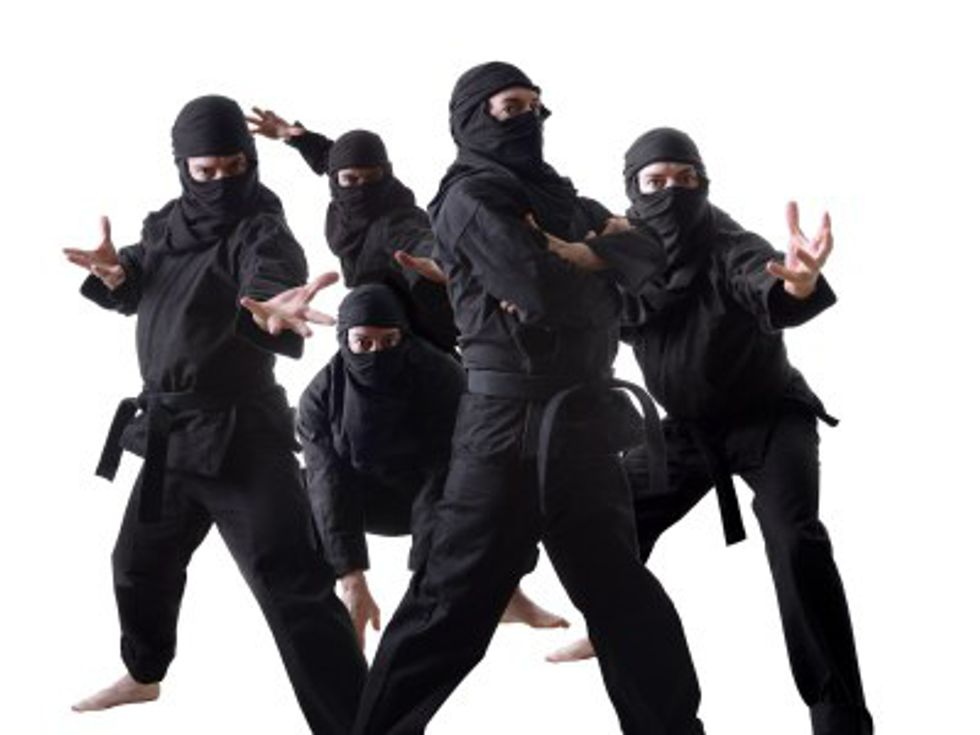
The underlying connotation of shinobi means "to steal away; to hide," hence its association with stealthy ninjas.
2. Women can be ninjas — and they are called "kunoichi."
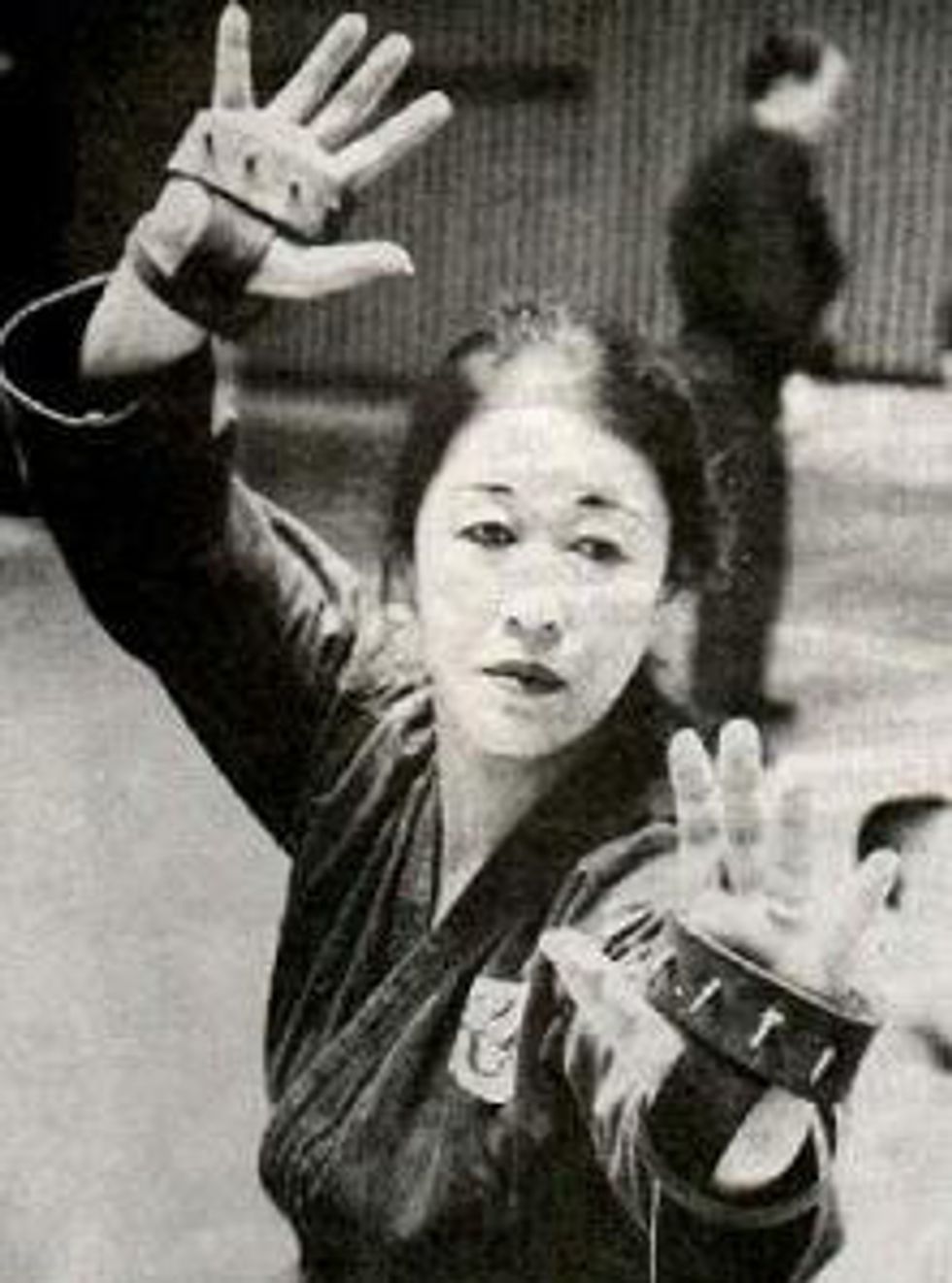
The primary function of a female ninja was espionage, often by finding legitimate service positions in the households of enemies and accumulating knowledge by gaining trust or overhearing conversations.
3. Ninjas were typically recruited from lower socio-economic classes.
Unlike Samurai, who were typically noblemen, anyone could be a ninja. Ninjas were also available for hire by anyone, unlike Samurai who served the emperor.
4. Groups of ninja were called clans.
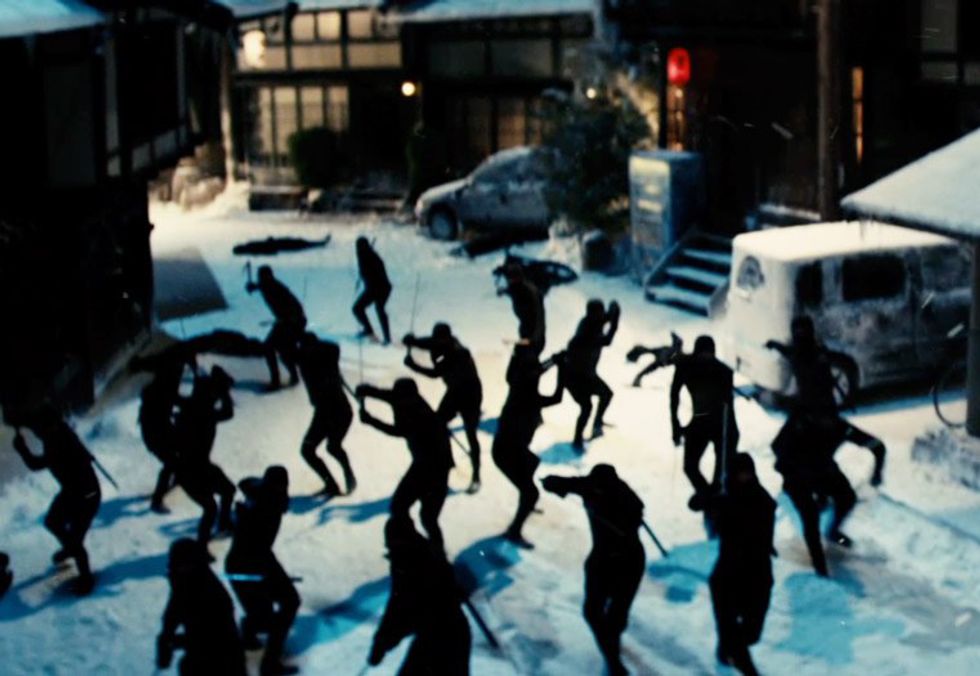
Clans also typically had a leader.
5. To avoid detection ninjas attached fake footprints called "ashiaro" to their boots.
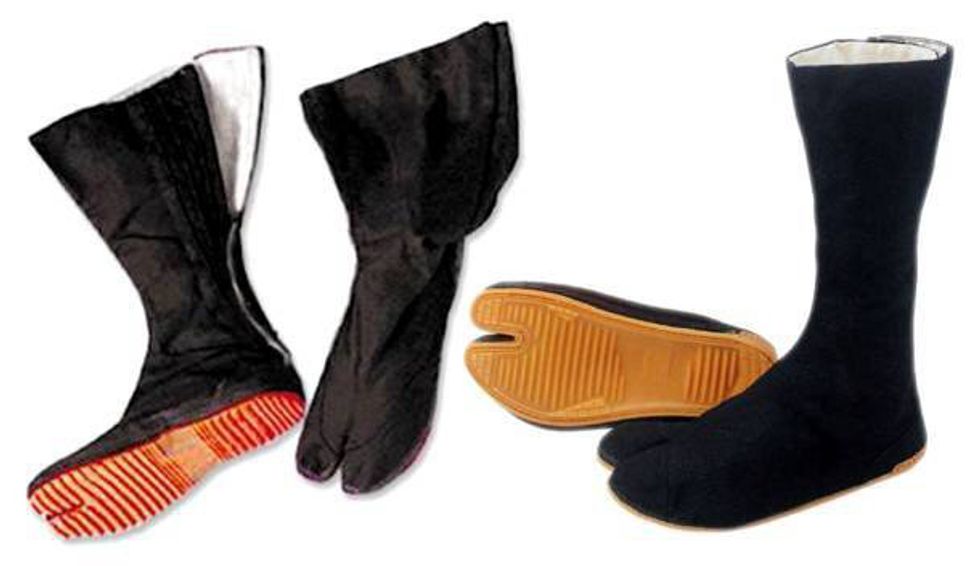
The ashiaro would make their footprints look like those of an elderly person or small child.
6. The quieter your surroundings get the more ninjas are probably around.
Ninjas are super silent and stealthy. Okay, maybe everyone knows that.
7. A group of ninjas would fight a single victim one at a time instead of ganging up on them in order to maintain honor.
Although they are trained assassins, ninjas follow an honor code.
8. Ninjas carried crickets in their pockets to muffle their footsteps.
When walking through a forest of crunchy leaves even a ninja can't be completely silent. So as not to give themselves away, ninjas carried crickets to create enough noise to mask the sound of their steps.
9. Ninja uniforms were called "shinobi shozoko," but ninjas actually most often wore civilian clothes as their disguise.
There is no written evidence of ninjas wearing shinobi shozoko, but their depiction in early paintings were most likely an artist convention to portray invisibility.
10. Ninjas were required to wear the tabi boots even when they were sleeping.
Tabi are traditional Japanese socks that are ankle-high and have a separation between the big toe and other toes. They can be worn by both men and women
11. Ninja schools still exist.
The curriculum is derived from the art of ninjutsu, aka: the art of the ninja!
So now you know the truth about ninjas. If you decide that the traditional career path isn't for you, give the ninja way a try.


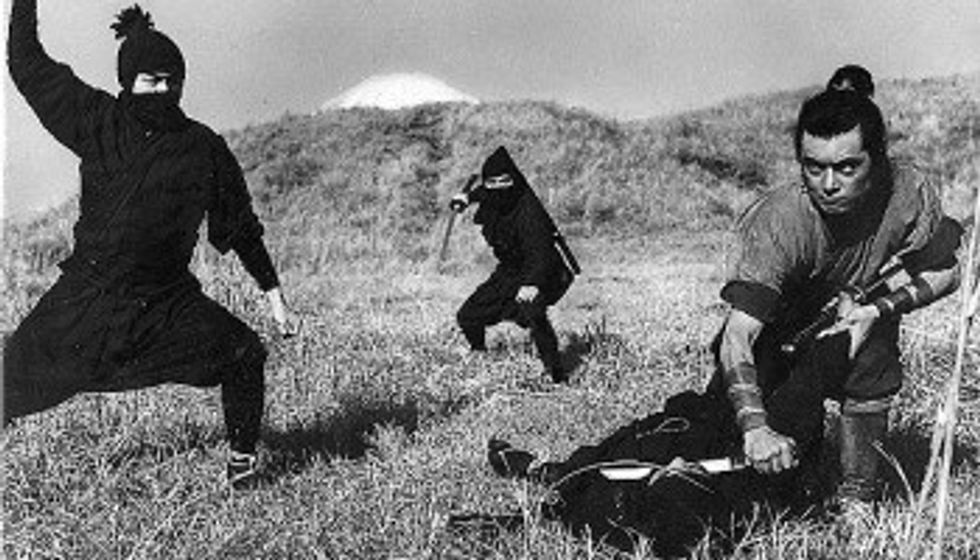



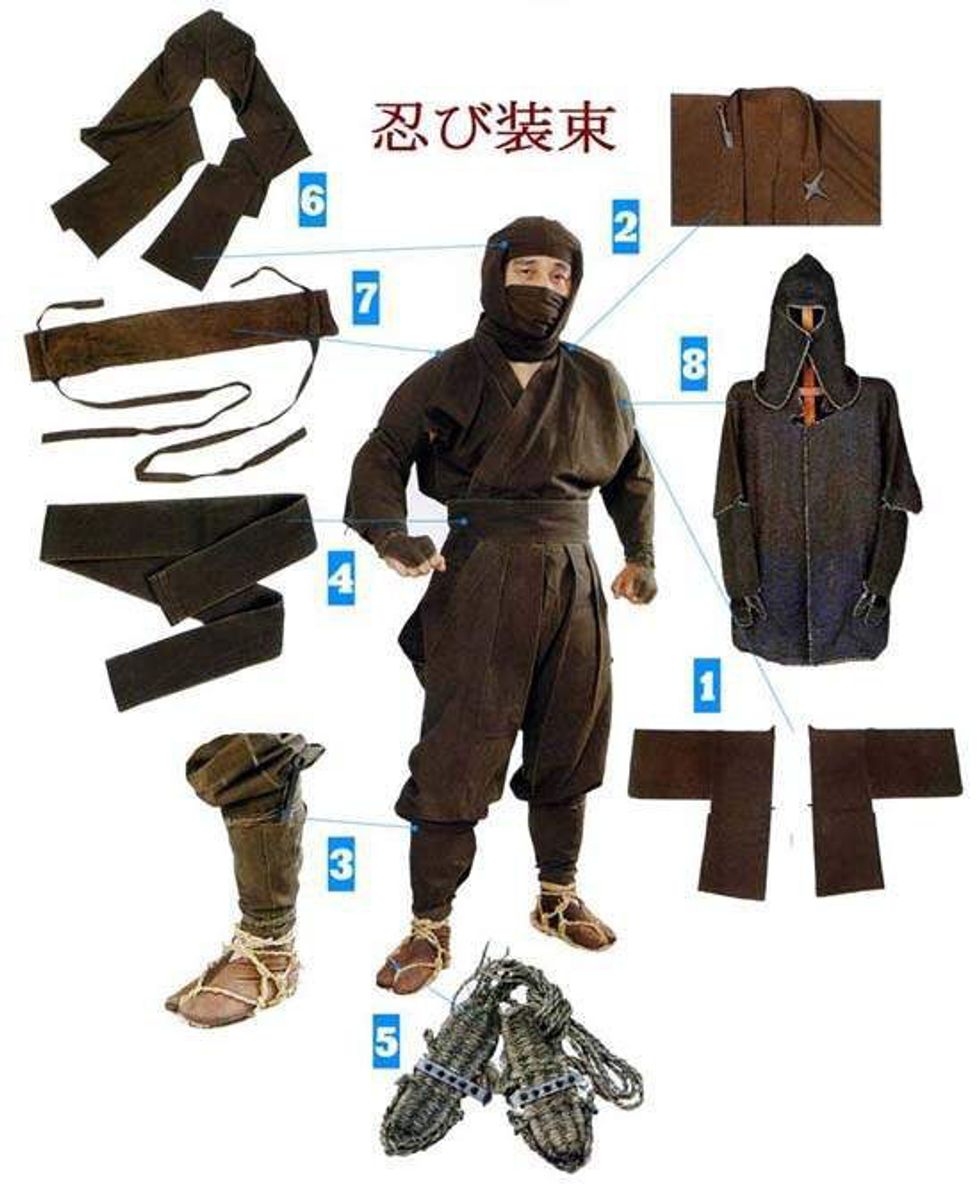

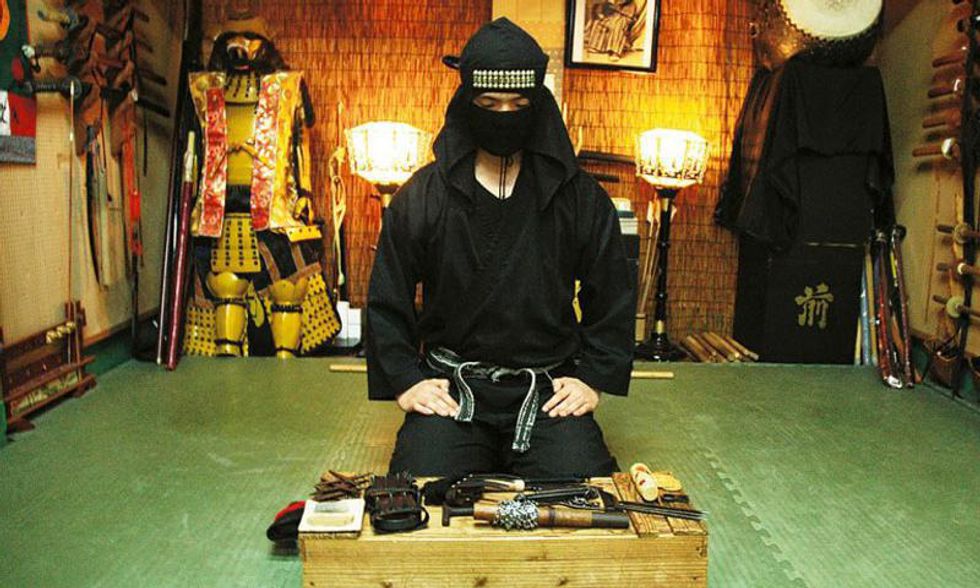

 Photo by
Photo by  Photo by
Photo by  Photo by
Photo by  Photo by
Photo by  Photo by
Photo by 












